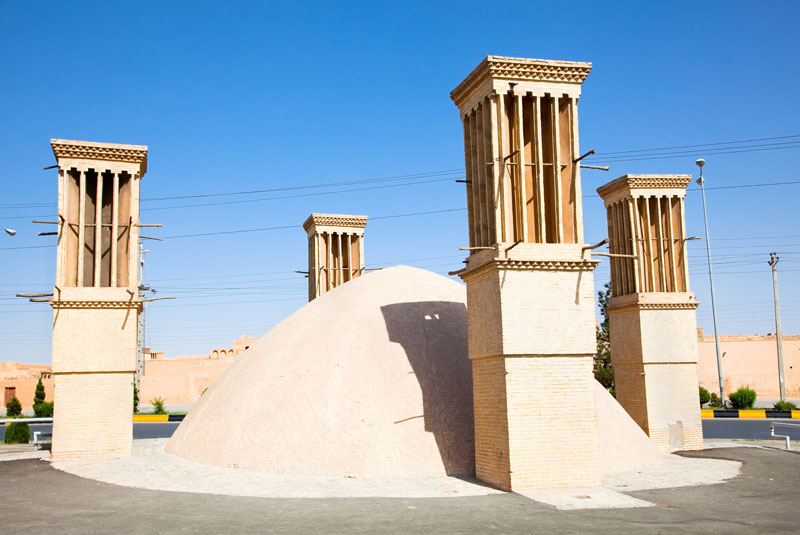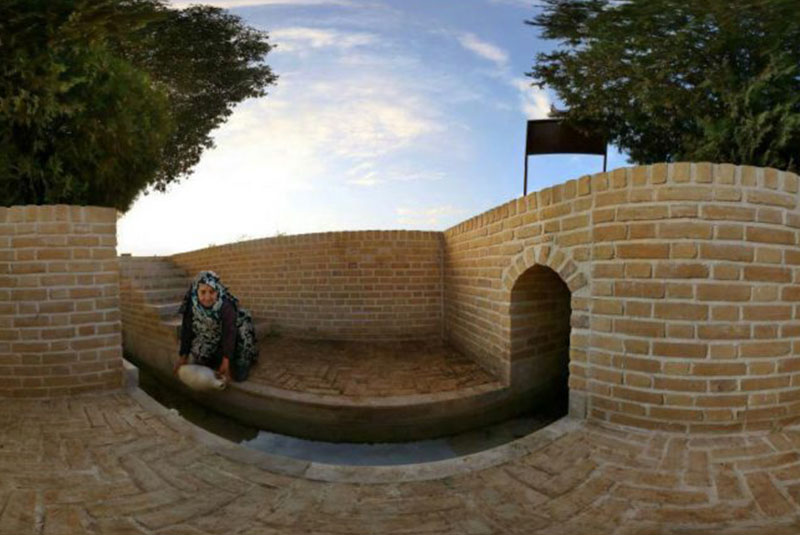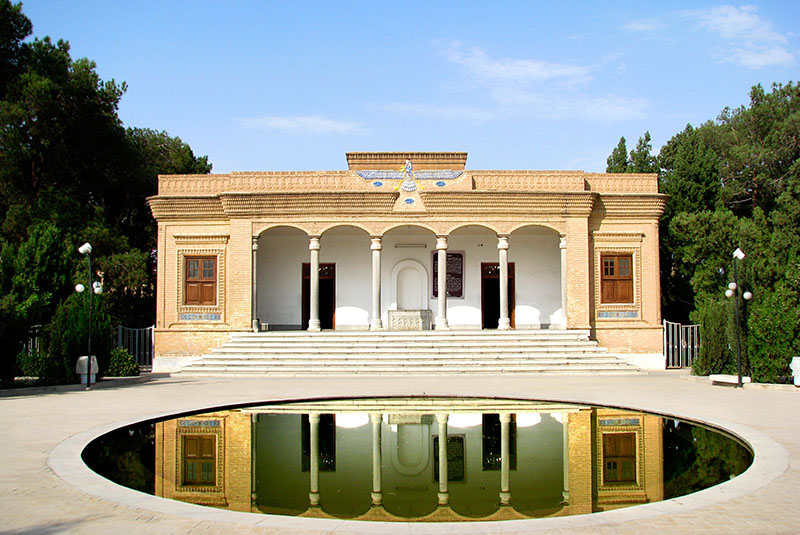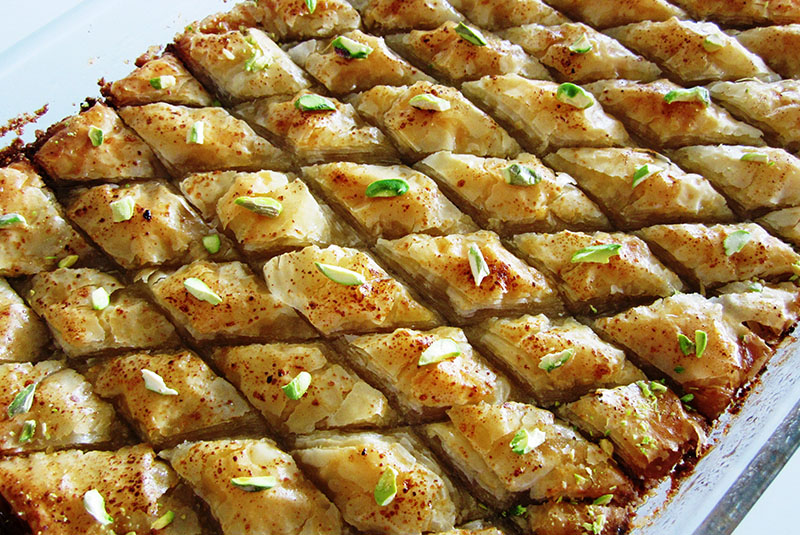Yazd Travel Guide | Travel to Yazd
Having a great culture, a number of historical sightseeing and unique architecture are the reasons why the city of Yazd is one of the most visited cities in Iran by local people and international tourists.
It’s almost impossible to see an itinerary of people who visit Iran for the first time, without considering this amazing city. In addition to all of these, after the conquest of Arab in Iran, many Zoroastrians migrated to Yazd from all other cities in Iran. Yazd; the center for Zoroastrian people, takes a lot of attention to itself for this matter, especially during their religious events.
The city is also known for one of the highest quality of handicrafts, especially silk weaving. The water reservoirs, icehouses, wind catchers and pigeon towers make it worthwhile to have a visit to Yazd and explore the uniqueness of this ancient city of Iran. Here, we are going to talk more about this city.

Meaning of Yazd
It is believed that the name of the city is derived from Yazdegerd I, the Sassanids king of Persia, and it means God.
Location and population of Yazd
Yazd is located in the middle of the Iranian plateau, almost at the center of Iran. The city is located 270 kilometers (170 miles) southeast of Isfahan, situated at elevation 1,216 meters (3,990 ft.) above sea level. The city covers an area of 24 kilometers square.
According to the 2016 census, the city has a population of about 530,000 people in the urban area.

Climate of Yazd
The city is one of the driest cities in Iran with precipitation amount of 49 millimeters on annual basis. The weather is very hot and dry in summer due to its location which is between two main deserts of Dasht-e Kavir and the Kavir-e-Lut. It also has chilly weather during winters, especially at nights. The best time to visit the city is from late January to the middle of April, and also October and November.
Language and ethnic groups of Yazd
In addition to Farsi, the traditional language spoken among the Zoroastrians people living in Yazd and Kerman is called Dari. The language is almost the same as the one spoken in Afghanistan.
Most people living in Yazd are Persians, and speak Farsi the same as other Iranian. However, they have a local accent and their own words.
History of Yazd
Yazd has a history of over 5,000 years, dating back to the time of the Median Empire when it was known as “Ysatis” (or “Issatis”). However, there is not enough information about Yazd during pre-Islamic status.
Because Yazd was located on the crossroad enjoining eastern and western parts of Iran, the strategically important city fell in the hands of Muslim conquerors in the first century of the Islamic era. The dynasties of the Kakuyids, Atabegs, Mongols, Mozaffaris, Timurids, Qajar and Pahlavi ruled the province over centuries.
It is believed that in 1272 it was visited by Marco Polo, who remarked on the city's fine silk-weaving industry, in his book “The Travels of Marco Polo”.
Historical structure of Yazd
The UNESCO has added the historical structure of Yazd to its list of world heritage sites in 2017. It is believed that Yazd is the world’s largest inhabited adobe city.
One of the most interesting points about Yazd is the unique architecture of the city because of generations of adaptations to its desert surroundings, and it is nicknamed as the "City of wind-catchers". The historical structure of Yazd is a collection of public-religious architecture in a very large scope comprising of different Islamic architectural elements of different periods in a harmonious combination with climatic conditions.
Kariz or Qanat
The magnificent item in Yazd is the underground water supplement system named Kariz or Qanat which was listed by UNESCO in 2016 as a World Heritage Site. If you are interested to know more about this magnificent system,we highly recommend you to visit the Water Museum of Yazd, in which the tool, techniques used for the past 4000 years in Iran in creating underground waterways (called Qanats) and connecting them to the city and field locations for agricultural and other uses display. Before the Romans built their aqueducts, Iranians had built an extensive system of underground qanats (aqueduct). A lot of these systems are still functioning today. In fact, there are two Qanats are running beneath the museum at different levels, which are reachable through a special stairway called Payab.
Highest windcatcher in the World
The other magnificent item in Yazd which has an incredible architecture is the windcatcher. The one in Dowlat Abad Garden with 33 meters’ height is the highest Windcatcher in the world. Due to many examples of Windcatchers in Yazd which was built for adaption of its desert surrounding the nickname of the city is “City of Windcatchers”.
Sightseeing of Yazd
There are so many monuments and historical sites in Yazd which is worth visiting. For instance, Masjed Jame Yazd, Mirchaqmaq Tekieh, The Water Museum, Varahram Fire Temple, Alexander/Harun Prison, Dowlat Abad Garden (one of the nine gardens in Iran known as Persian Gardens), Lariha historical house, and Fahadan district. These are the places you should include in your plan for your travel to Yazd. Towers of Silence and Zein-o-Din Caravanserai are two great places to visit which are located outside of the city.

Besides all of these places, accommodation in Yazd can be considered as one of the authentic experience you can have during your trip to Iran. There are a number of traditional houses in the city which is now used as hotels. You can experience local life when you stay in one of the historical hotels.
| Read more: 16 Most Beautiful Mosques You Should Visit
Souvenirs of Yazd
You can find the best silk weaving textile called Termeh in Yazd. Termeh is a brocades textile made with traditional Iranian patterns. There is a different type of local pastry in Yazd, as an example Baqlava, Pashmak, and Qutab. The traditional cuisine of the city is Ash-e Shooli which is a delicious Persian soup made with spinach, parsley, leek, fenugreek, and beetroot seasoned with vinegar or pomegranate paste.



Comment
Leave a Comment